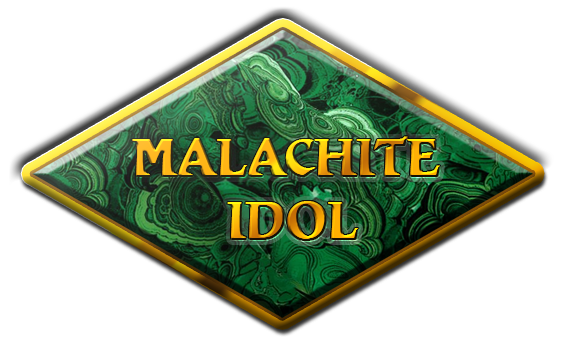Many encounters in tabletop RPGs tend to involve all sides engaging in “Fight to the death, take no prisoners” tactics, for a variety of reasons that are probably a topic for a different piece. However, there plenty of enemies where there is greater verisimilitude if they actively try not to TPK the player characters. In addition to adding interesting variety to tactics and story, this lets the GM experiment more in determining exactly what level of threat is most exciting for the players to face without having to worry quite so much about going a little too far with it and damaging a player’s investment into the experience with an unexpected and potentially anticlimactic character death. Instead it just causes a brief detour into something like the first scene of Out of the Abyss, where the players have to use wits rather than combat tactics to retrieve their gear and escape, possibly followed by an exciting chase sequence.
With these sorts of opponents, defeat means defeat rather than death, and that can emphasize the higher stakes when they’re dealing with a serous monster that won’t pull their punches. Adding variety like this improves your toolbox as a GM. I’ve heard from GMs I know express frustration at how to make competent PCs feel threatened by adversaries, and I think this is one thing that could help with that. A necromancer who is perfectly content to kill the whole party and raise their corpses will seem far more threatening when they party is confronted by her—even if she isn’t actually more dangerous in terms of came rules—when the players are used to the neighboring hobgoblin settlements that prefer to take people captive for slave labor and aren’t terribly diligent about preventing escapes since they know they can always just raid another farm later.
With both lethal and non-lethal enemies, a GM is able to better communicate with players which enemies need to be feared by showing them with engaging in-game information rather than telling them via disengaging math that requires more system mastery than role playing. In addition it provides greater cues for which enemies need to be confronted with immediate overwhelming force (the undead monster converting every villager killed into a shambling thrall) and which need to be kept in mind as a looming threat that drives them to complete some other objective faster (xenophobic wood elves taking farmers captive but keeping them alive where they can be rescued heroically once the party obtains the Gem of Seeing Through Wood Elf Illusions)
It also grants a greater degree of flexibility because you don’t have to be quite as worried that the party won’t take the hint that a certain enemy is too tough for them, as well as allowing for a wider range of possible conflicts and moral quandaries, as you can face them with a wider variety of adversaries than just the usual marauders, monsters, and cultists.
I suspect I’ll be making a series of posts out of this, with subsequent entries discussing the hows and whys of particular monster types who might prefer to subdue adversaries rather than slaughter them, and in which situations things would get more serious.
